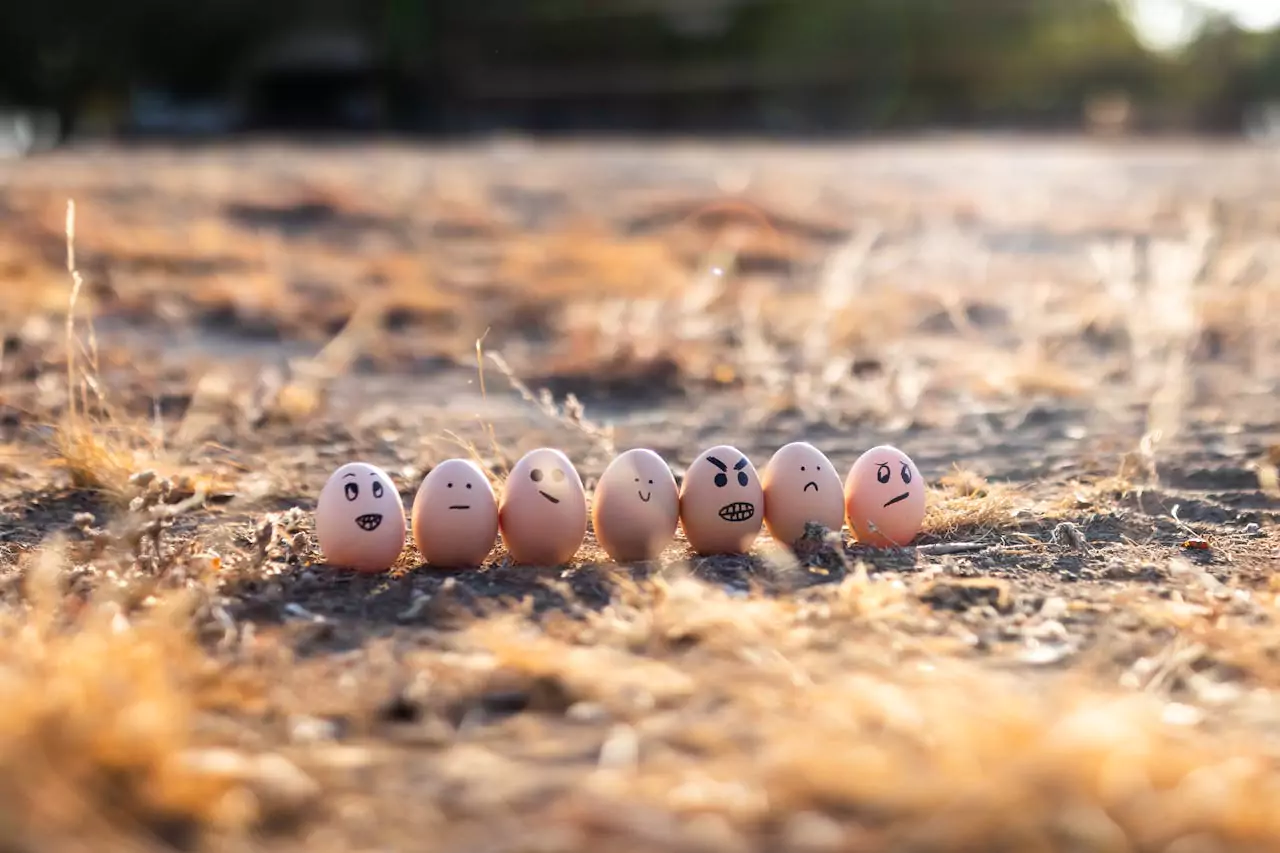Diwali brings joy, light, and festive colors, and one of the most beloved traditions during this celebration is creating rangoli—beautiful, intricate patterns made from colorful powders, flowers, and grains. However, once Diwali ends, many people are unsure of what to do with their rangoli. Instead of sweeping it away without a thought, there are several eco-friendly and creative ways to dispose of or repurpose rangoli materials that align with sustainable living.
In this article, we’ll explore eco-conscious ways to handle what to do with rangoli after Diwali while keeping in mind the environmental impact.
Why Eco-Friendly Rangoli Disposal Matters
With growing awareness about sustainability, more people are choosing eco-friendly materials for rangoli. This not only minimizes waste but also protects the environment from harmful chemicals. Traditional rangoli materials like flowers, rice, and natural colors are biodegradable and can easily be composted or repurposed, while chemical-based powders can harm the soil and water.
By opting for eco-friendly ways to dispose of or repurpose your rangoli, you’re contributing to a healthier planet and setting an example for future generations.
Eco-Friendly Ways to Dispose or Repurpose Rangoli
1. Compost Rangoli Materials
If your rangoli is made from natural materials like flower petals, leaves, or rice flour, it can be easily added to a compost pile. Simply sweep up the organic materials and transfer them to your compost bin. Over time, these items will break down into nutrient-rich soil that you can use for gardening. This is an excellent way to give back to nature after the festive season.
2. Feed the Birds and Animals
If your rangoli contains rice, lentils, or other grains, they can be repurposed as bird feed. Spread the leftover materials in your garden or park for birds and small animals to enjoy. It’s a sustainable and humane way to ensure that nothing goes to waste.
3. Create DIY Projects with Leftover Rangoli Materials
Another creative way to repurpose your rangoli materials is by using them in art and craft projects. For example:
- Make greeting cards: Use leftover colored powders or petals to create designs on handmade cards for future festive occasions.
- DIY home decor: Turn flower petals or colorful grains into decorative items like wall hangings or garlands.
4. Sweep and Dispose Responsibly
If you’ve used chemical-based powders, it’s essential to dispose of them properly. Sweep up the materials and throw them in the trash to prevent them from washing into water sources or contaminating the soil. Avoid flushing the powders down the drain or scattering them in the garden.
5. Store Reusable Materials for Future Use
If your rangoli is made from materials like colored sand, marbles, or reusable flowers, consider storing them in airtight containers for future festivals. Reusing materials not only reduces waste but also saves money and resources.

Steps to Compost Rangoli Materials
Composting rangoli materials is easy and beneficial for the environment. Follow these simple steps to compost your leftover materials:
- Collect Organic Materials: Gather all the natural components of your rangoli, such as flower petals, rice, or organic colors.
- Add to Compost Pile: Layer the collected materials into your compost bin or pile, mixing them with other compostable items like vegetable scraps and leaves.
- Let it Decompose: Over time, the materials will break down, turning into rich compost that you can use in your garden to fertilize plants and flowers.
Read More On: 7 Ways to Celebrate a Green Diwali in 2024
Creative Ways to Reuse Rangoli Materials
Repurposing rangoli doesn’t just end with disposal. Here are a few creative ways to extend the life of your rangoli:
- Reuse dried flowers for potpourri: Once the flowers dry out, mix them with essential oils and use them as natural air fresheners in your home.
- Turn rice or grains into art: Use leftover colored rice or grains to create DIY mosaics or frame designs for decoration.
How to Dispose of Synthetic Rangoli Safely
If your rangoli contains synthetic colors or non-biodegradable materials, follow these steps to dispose of them responsibly:
- Sweep and Collect: Carefully sweep the materials into a dustpan, making sure not to spread them outdoors where they could wash into drains or natural water bodies.
- Dispose in Trash: Place the synthetic materials in a trash bag and dispose of them properly. Avoid dumping them in open areas where they can harm the environment.
Here’s the Table or Checklist for Eco-Friendly Rangoli Disposal:
| Action | What to Do |
|---|---|
| Compost Organic Materials | Add flower petals, rice, and natural colors to your compost pile or garden soil. |
| Repurpose Rangoli | Use leftover materials in DIY projects, garlands, or future festivals. |
| Dispose of Synthetic Colors | Sweep synthetic colors and dispose of them in the trash. Avoid washing them away. |
| Feed Birds with Grains | Scatter grains like rice or lentils outside for birds and animals to enjoy. |
| Store Reusable Items | Keep reusable materials like dried flowers or colored rice for future use in other festivals. |
| Make DIY Decorations | Use leftover rangoli materials for creating greeting cards, wreaths, or home decor. |
| Avoid Water Contamination | Ensure that non-biodegradable materials don’t wash away into drains or water sources. |
FAQ: Common Questions About Rangoli Disposal
Q: Can I compost rangoli made from flowers and leaves?
A: Yes, flowers, leaves, and other organic materials used in rangoli can be composted. These materials will decompose naturally and provide nutrients to the soil.
Q: How can I reuse rangoli flowers after Diwali?
A: You can dry the flowers and use them to make potpourri or compost them for your garden. Dried flowers can also be repurposed for art and craft projects.
Q: Is it okay to use chemical-based rangoli colors?
A: While it’s better to avoid chemical-based colors, if you do use them, make sure to dispose of them responsibly in the trash rather than allowing them to wash into drains or the soil.
Q: Can I reuse colored sand or marbles from my rangoli?
A: Yes, materials like colored sand and marbles can be easily stored and reused for future rangoli designs or other decorative purposes.
Trending Topic: Lakshmi Puja Kalash Sthapana for Diwali
Conclusion: Celebrate Diwali Responsibly
Disposing of or repurposing rangoli in eco-friendly ways ensures that your Diwali celebrations don’t leave behind waste or environmental harm. By composting, reusing, or donating materials, you can continue to celebrate traditions while being mindful of the planet. Let your post-Diwali activities reflect the same joy, creativity, and responsibility that your rangoli brings to the festival.










